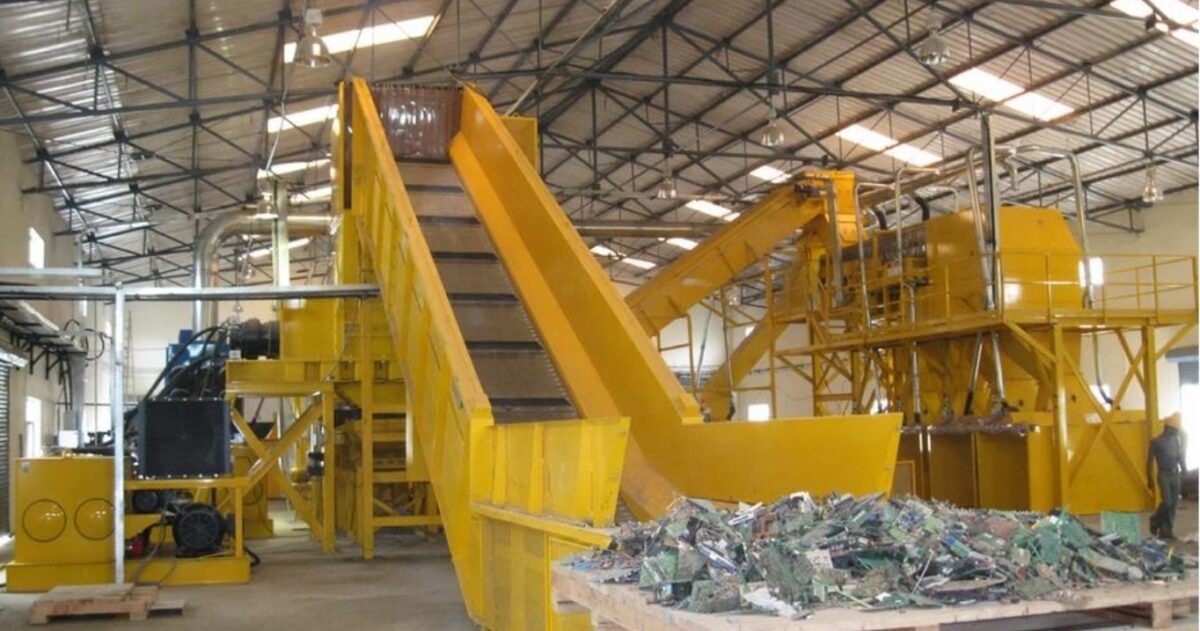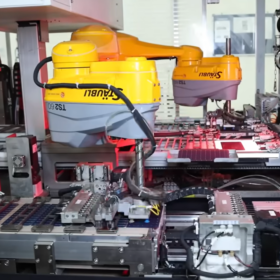India is poised for a major shift. With solar power ambitions rising and electric vehicles gaining traction, the demand for critical minerals, lithium, cobalt, nickel and more, is surging. Yet most of these materials come from abroad, subject to global supply disruptions and volatile pricing. A promising alternative is recovering these minerals from scrap: e-waste, spent batteries and end-of-life solar panels. What has long been treated as waste is increasingly viewed as a domestic resource.
Unlocking Value in Waste
India generates approximately 3.8 million tonnes of e-waste each year. At the same time, spent lithium-ion batteries (LIBs) are estimated at about 60,000 tonnes annually. A recent government scheme, launched as part of the National Critical Minerals Mission, targets a build-up of 270,000 tonnes of recycling capacity, aiming to extract near 40,000 tonnes of critical minerals per year.
These numbers point to two things: we have a large volume of potential feedstock, and we still have a significant gap between what is generated and what is recovered. Many e-waste streams and used batteries are handled in informal channels where value extraction is limited and environmental risks are high. For example, hydrometallurgical or chemical extraction of battery-grade materials remains rare in India.
What that means practically is this: when a smartphone, laptop or EV battery reaches its end of life, the embedded minerals inside are not lost but essentially locked up unless proper recycling infrastructure is used. If retrieved, they can feed new manufacturing cycles across solar panels, EV packs and electronics, closing the loop and easing pressure on primary mining.
Building a Circular Critical-Mineral Chain
A functioning circular loop for minerals needs several pieces in place. First, collection and segregation: old batteries, scrap electronics and panels must be gathered, sorted and directed toward processing. The formalisation of collection channels including under the extended producer responsibility (EPR) framework is critical. India’s rules now hold producers responsible for collection of e-waste and battery waste.
Second, processing capacity at a scale and sophistication that can handle advanced recovery: simply shredding batteries and exporting “black mass” (the powder containing metals) does not capture full value. Many Indian units still stop at shredding; chemical extraction of pure materials remains limited.
Third, alignment with end-use manufacturing: once materials like lithium carbonate, cobalt oxides or nickel salts are recovered, they should ideally feed into domestic cell manufacturing, solar-component production or other value chains. Recycling then becomes not just waste disposal but a resource supply strategy.
Why does this matter strategically? Because India is heavily import-dependent for many of these minerals. Recycling offers a dual benefit: reducing import exposure, and turning what used to be waste into value. It also creates jobs across the chain, from collection through logistics, dismantling, processing and reuse.
Policy Momentum and What It Means
Recent policy signals reflect the urgency. The Government has recently approved the National Critical Minerals Mission with an expected outlay of Rs. 34,300 crore over seven years. Customs duty removal on scrap of lithium-ion batteries and other critical minerals is another enabling step, allowing feedstock to move more freely into recycling streams.
These measures send a clear signal: recycling is no longer a side-issue but a component of India’s strategy for clean energy and material security. But enactment remains key where collection must improve, processing capacity must scale, and quality standards must ensure that recycled materials are suitable for reuse in manufacturing.
As India ramps up solar installations and EV deployments, the volume of end-of-life components will grow rapidly. If these are treated simply as waste, we create new environmental burdens and miss a chance to recover value. If, instead, they are viewed as sources of supply, they become part of the solution.
Recycling is not a full replacement for mining. Primary extraction will remain necessary for many years. But recycling shortens supply chains, reduces reliance on imports, cuts the carbon and social costs of mining abroad, and enables more material to stay in use for longer.
This shift has practical implications: lower material cost risks, improved supply security, local jobs, less environmental damage, and stronger alignment of clean-energy ambition with material-resource strategy. The next decade offers a window to build the systems that will make that shift not just possible, but real. By turning what was historically a problem, e-waste, into a strategic asset, India can add resilience to its clean-energy ambitions, and take a meaningful step toward a circular and resource-secure future.
The views and opinions expressed in this article are the author’s own, and do not necessarily reflect those held by pv magazine.
This content is protected by copyright and may not be reused. If you want to cooperate with us and would like to reuse some of our content, please contact: editors@pv-magazine.com.








By submitting this form you agree to pv magazine using your data for the purposes of publishing your comment.
Your personal data will only be disclosed or otherwise transmitted to third parties for the purposes of spam filtering or if this is necessary for technical maintenance of the website. Any other transfer to third parties will not take place unless this is justified on the basis of applicable data protection regulations or if pv magazine is legally obliged to do so.
You may revoke this consent at any time with effect for the future, in which case your personal data will be deleted immediately. Otherwise, your data will be deleted if pv magazine has processed your request or the purpose of data storage is fulfilled.
Further information on data privacy can be found in our Data Protection Policy.